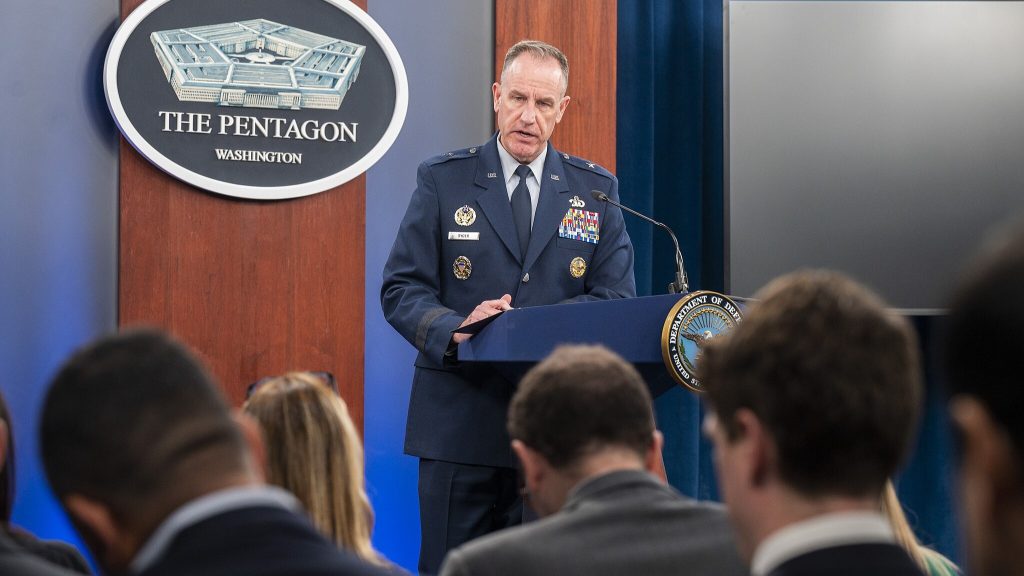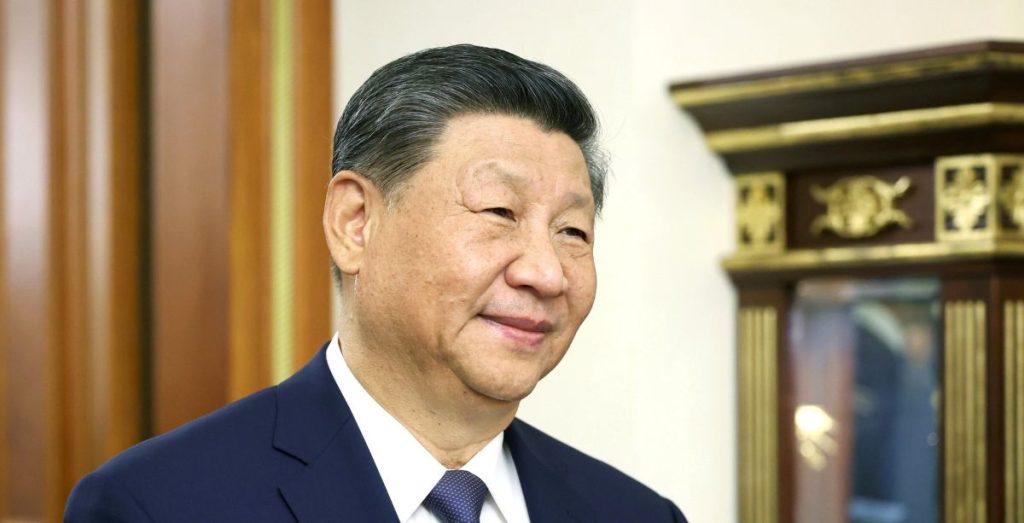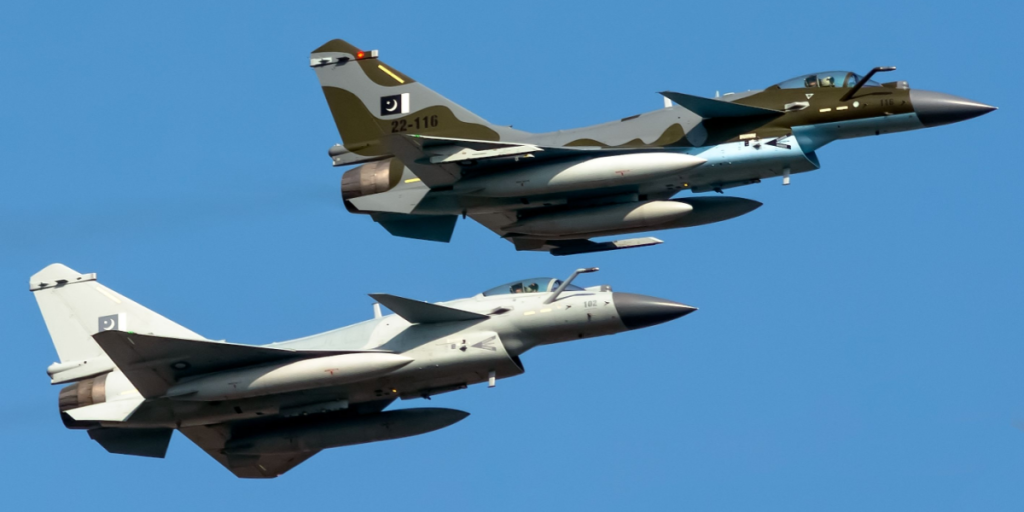The U.S. risks falling behind China in the global race for aerial dominance.
Others are reading now
The U.S. risks falling behind China in the global race for aerial dominance.
Pentagon May Not Afford Two Next-Gen Fighter Jets

As the U.S. accelerates development of the Air Force’s sixth-generation F-47 fighter, the Navy’s own next-gen aircraft program, F/A-XX, may be sidelined due to cost.
With China rapidly advancing its air power, concerns are growing that budget constraints could undermine America’s technological edge.
The Race to Build Two Sixth-Gen Fighters

The Pentagon is currently developing two advanced fighter jets in parallel:
Also read
The F-47 for the Air Force under the NGAD (Next Generation Air Dominance) program, and the F/A-XX, designed to replace aging Super Hornets aboard Navy aircraft carriers.
But defense officials warn that pursuing both programs simultaneously risks delivering neither on time or at all, according to WP.
Trump Prioritizes F-47 for Air Force

President Donald Trump’s March 2025 announcement that the F-47 would enter service by 2029 shifted political and financial momentum in its favor.
That declaration has left the F/A-XX program struggling to stay funded, with $500 million reportedly redirected to other initiatives.
Carrier-Based F/A-XX Could Be Delayed by a Decade

Plans for a three-year freeze on F/A-XX development could cause knock-on delays of up to ten years, especially given the likelihood of expired contracts, new procurement procedures, and rising costs.
Some within the Pentagon have also expressed dissatisfaction with the current performance projections for the Navy’s next-gen jet.
Navy Still Heavily Dependent on Aging Super Hornets

While the F-35C has entered carrier service, the Navy remains heavily reliant on fourth-generation F/A-18E/F Super Hornets and their electronic warfare counterpart, the EA-18G Growler.
The F-35C, despite being a carrier-capable variant, was originally tailored to Air Force requirements, limiting its effectiveness at sea.
Aircraft Shortfall Puts Navy at Risk

With only 273 F-35Cs ordered and over 400 Super Hornets still in operation, the Navy lacks a one-to-one replacement solution.
Admiral Jim Kilby, acting Chief of Naval Operations, warned that the Navy needs a next-generation aircraft urgently—not a decade from now.
F/A-18 Production Ends, Focus Shifts to F-47

Boeing will halt F/A-18 production in 2027, freeing up industrial capacity for the F-47. Meanwhile, Lockheed Martin continues building F-35s.
The Navy now finds itself with limited options as older jets age out and newer ones remain in short supply.
China Expands Military Airpower at Full Speed

Compounding the issue is China’s aggressive expansion of its own air capabilities.
The Chinese military is deploying near one-to-one counterparts to U.S. aircraft: J-20 vs F-22, J-16 vs F-15EX, and J-35 vs F-35C.
Naval parity is also increasing, with Chinese equivalents to Super Hornets and Growlers already operational.
Beijing Unveils Next-Gen Fighters

In December 2024, China demonstrated two new next-gen fighter prototypes: the J-36 and J-50.
These advanced jets are expected to enter service ahead of their American counterparts, raising alarms in Washington over a possible erosion of U.S. air superiority.


